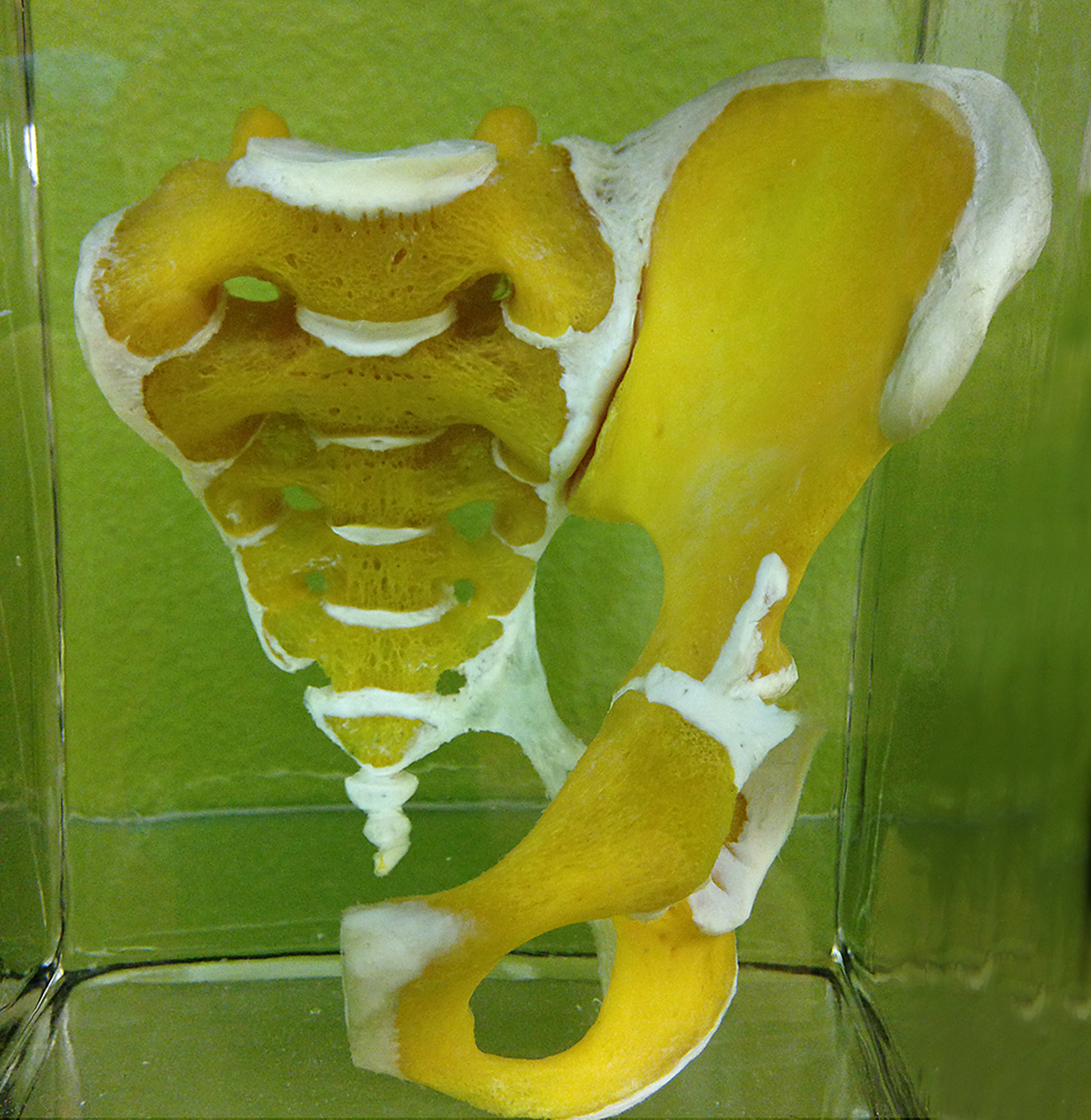
The tailbone or coccyx is the terminal part of the spinal column and it is located between the buttocks. This part of the spine is made of three to five vertebrae which are basically fused creating one singe bony structure. The tailbone is situated deep inside hence it is not exposed to injury or trauma. Still since there is a variety of anatomical differences in the very appearance of this bone in some people the coccyx tends to be more prominent and easily injured. The injury causes pain and the bone may be bruised, fractured and even broken fragments of the bone may dislocate causing even more severe pain.
Causes of Tailbone Pain
The pain associated with the tailbone is medically known as the coccygodynia. The pain in this bone or the surrounding area may be caused by variety of factors and medical conditions. However, in majority of cases coccygodynia is caused by direct injury to the tailbone. Women are more susceptible to this type of injury since female tailbone is more prominent comparing to male tailbone. The injury may occur during childbirth or be caused by a direct blow to the coccyx.
Apart from the injury the pain in coccgyegal area is typical for pregnant women and people engaged in sports activities such as regular cycling and rowing. Furthermore, coccygodynia may be also caused by bone spurs, tumors of the coccigeal area, compression of the nerve roots, local infections etc. The pain in this area can be also induced by certain processes in soft tissues around the tailbone, spasm of the muscles of the pelvic floor, pain from lumbar pathology and local posttraumatic lesions. And finally, in case the actual cause of coccygodynia cannot be identified the pain is classified as idiopathic.
Diagnosis and Treatment for Tailbone Pain
Tailbone pain generally occurs when the person in sitting. The pain even intensifies if one is sitting for a long period of time or if one is sitting on hard surfaces. Tenderness of the coccyx region as well as shooting pains down the legs, pain during defecation and sexual intercourse are also typical for coccygodynia. The diagnosis can be set by physical examination and X ray of the bone. Additional imaging methods such as CT scan and MRI can assist and identify the underlying cause of the pain.
Treatment for coccygodynia starts with pain killers, stool softeners and injections. In case patients do not respond to medications they may undergo surgical procedure called coccygec tomy, a surgical removal of the tailbone. This surgery is most commonly performed in patients suffering from cancer. Alleviation of pain may be achieved with the assistance of special cushions for sitting. And finally, the patient is advised not to sit for long hours.

















Your thoughts on this
Loading...